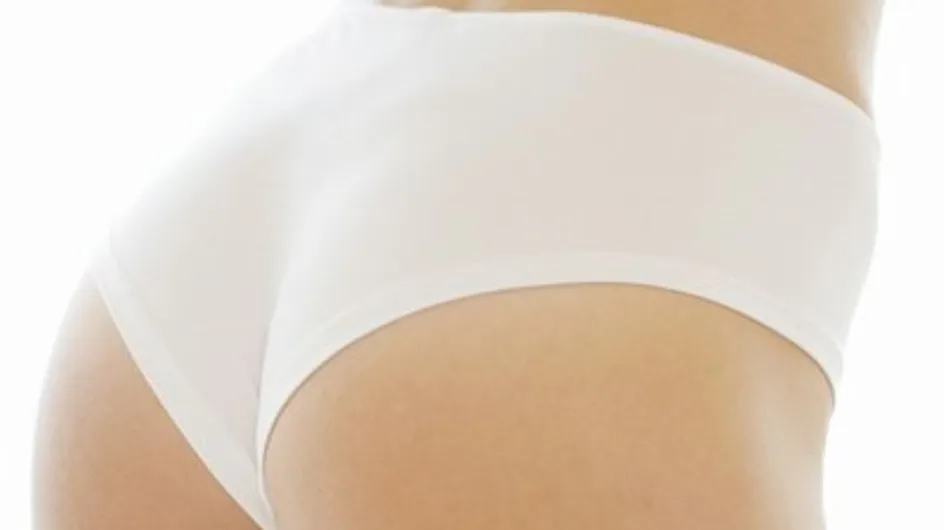What is cellulite?
Cellulite isn't an illness; it's just unsightly. It's linked to hormones and mainly affects women.
It's a superficial layer of fat underneath the skin that is affected by the size of fat cells (adipocytes), made worse by water retention (bad blood and lymphatic circulation) and fibrosis (change in collagen fibre). There are 3 types of cellulite: cellulite caused by excess fat storage cellulite, caused by collagen dysfunction, and cellulite caused by water retention due to poor circulation.
Causes
Cellulite is the result of a combination of several factors:
- Genetics. Some people have an imbalance between lipolyse (fat mass) and lipogenese (fat storage).
- Hormones. The balance between oestrogen and progesterone regulates the spread of fat in the body, and hormonal change due to puberty, pregnancy and the Pill cause variation.
- Circulation. The poorer your blood and lymphatic circulation, the higher the risk of cellulite.
- Muscle. Muscle tone regulates fat mass.
Solutions
There is no miracle cure for cellulite, but several treatments give good results if they are targeted to your type of cellulite, used in the long term and combined with a healthy lifestyle (low fat diet, regular exercise etc). Here the main ones:
- Mechanical treatments. Endermology or Cellu M6 is a massage machine that gently pinches and rolls the skin. It uses rollers and gentle suction to massage affected areas deep down, accelerating the elimination of toxins and water retention, and releasing the fat back into circulation. Pressotherapy and lymphatic drainage are carried out with a special machine using pulsed air to gradually inflate a pair of boots worn up to the thighs.
- Medical and surgical treatments. Mesotherapy involves injecting cellulite-fighting products beneath the skin. Liposuction is done under anaesthetic and involves sucking out excess fat from beneath the skin.
- Electrotherapy and ultrasonolipolysis. These methods are currently booming. They employ electric currents, ultrasound or infrared through electrodes placed on affected areas or to appliances placed on the skin. They are supposed to increase the temperature of the tissue, increase cell permeability of fat cells and break down fibrous tissues present in the skin.
- Creams. With drainage ingredients to fight water retention and unblock tissue, burn fat (with caffeine) and smooth the skin, creams reduce the number and size of fatty cells and improve the look and feel of the skin.
- Hydrotherapy. Lymphatic aquadrainage is a specific form of exercise done in water. It strengthens the postural muscles which act four times as much on venous circulation than superficial muscles. Hydromassaging baths and showers with jets also stimulate the veins and lymph glands.













